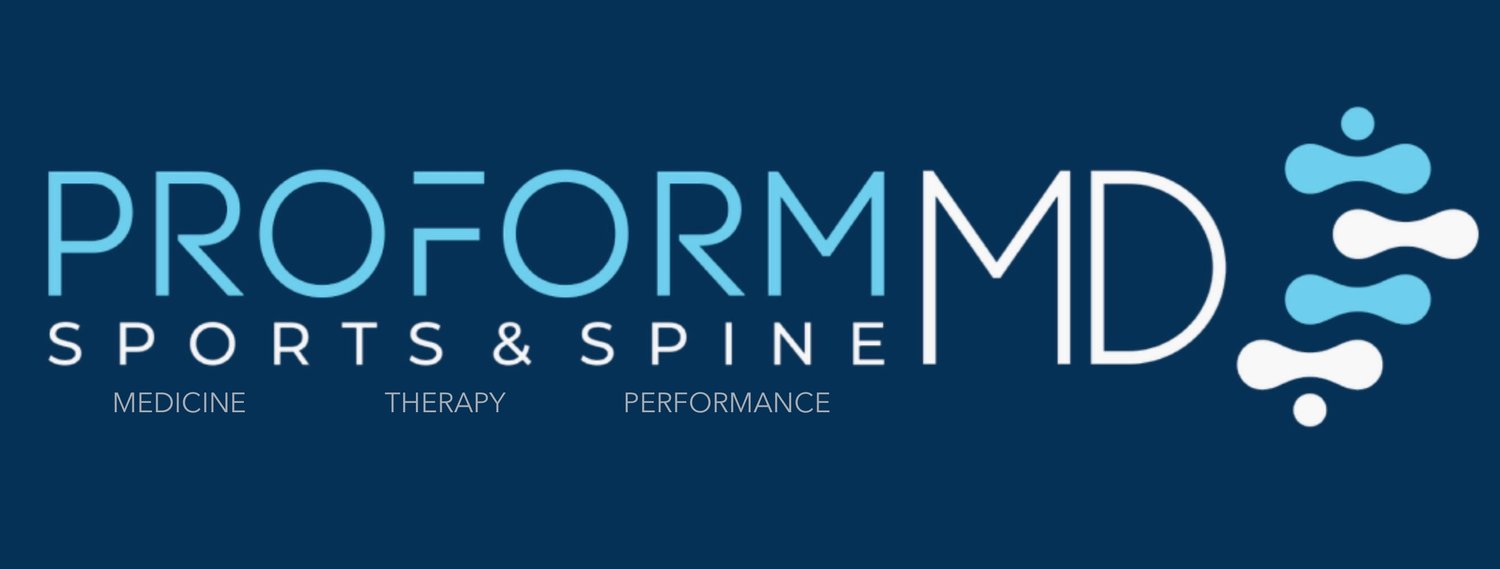Title: Understanding Sports-Related Injuries in Skiing: Causes, Prevention, and Treatment
Introduction:
Welcome to our comprehensive guide on sports-related injuries in skiing, a thrilling outdoor activity enjoyed by millions worldwide. In this article, we’ll explore the common causes of injuries in skiing, strategies for prevention, and various treatment options available for managing these injuries, providing valuable insights for skiers of all levels.
Causes of Sports-Related Injuries in Skiing:
1. Loss of Control: Skiing at high speeds or on challenging terrain without proper technique or control can increase the risk of accidents and collisions with other skiers, trees, or obstacles.
2. Improper Equipment: Ill-fitting or outdated ski equipment, including boots, bindings, or skis, can compromise stability, control, and protection, leading to injuries.
3. Fatigue: Skiing for extended periods without adequate rest and recovery can lead to muscle fatigue, reduced coordination, and increased susceptibility to injuries.
4. Weather Conditions: Adverse weather conditions such as ice, slush, or poor visibility can affect snow quality and surface conditions, increasing the likelihood of falls and injuries.
5. Terrain Features: Natural terrain features such as moguls, jumps, cliffs, or tree wells pose inherent risks to skiers and can result in falls, collisions, or entrapment.
6. Lack of Experience: Inexperienced skiers may lack the necessary skills and judgment to navigate challenging terrain safely, increasing their risk of accidents and injuries.
Common Sports-Related Injuries in Skiing:
1. Knee Injuries: Anterior cruciate ligament (ACL) tears, medial collateral ligament (MCL) sprains, or meniscal tears, often caused by twisting or hyperextension of the knee during falls or collisions.
2. Upper Extremity Injuries: Fractures, dislocations, or sprains of the wrist, forearm, or shoulder, resulting from falls onto outstretched hands or direct impact with objects.
3. Head Injuries: Concussions, skull fractures, or traumatic brain injuries (TBI) due to falls, collisions, or impacts with hard surfaces, emphasizing the importance of wearing helmets.
4. Spinal Injuries: Spinal fractures, herniated discs, or spinal cord injuries resulting from high-velocity impacts or compressive forces during falls or collisions.
5. Snowboarder’s Ankle: Fractures or sprains of the talus bone in the ankle, commonly seen in snowboarders but also observed in skiers due to twisting or rolling motions.
6. Avalanche Injuries: Traumatic injuries, hypothermia, or suffocation resulting from avalanches, emphasizing the importance of avalanche safety training and equipment.
Prevention Strategies for Sports-Related Injuries in Skiing:
1. Skills Development: Take skiing lessons from certified instructors to learn proper technique, control, and safety skills for navigating various terrain and conditions.
2. Equipment Check: Ensure that ski equipment is properly fitted, maintained, and adjusted according to your skill level, body size, and skiing style to optimize performance and protection.
3. Safety Gear: Wear appropriate safety gear such as helmets, goggles, gloves, and protective padding to minimize the risk of head injuries, eye injuries, and hand injuries.
4. Warm-Up and Stretch: Perform dynamic warm-up exercises and stretches before skiing to prepare the muscles and joints for activity and reduce the risk of strains or sprains.
5. Obey Signs and Rules: Follow trail signs, ski area rules, and guidelines for safe skiing practices, including yielding to other skiers, avoiding closed trails, and respecting boundary lines.
6. Stay Hydrated and Rested: Maintain hydration and adequate nutrition, take breaks as needed, and listen to your body to prevent fatigue and reduce the risk of injuries.
7. Avalanche Safety: Obtain avalanche safety training, carry appropriate rescue equipment such as beacons, probes, and shovels, and follow recommended protocols for traveling in avalanche-prone terrain.
Treatment Options for Sports-Related Injuries in Skiing:
1. Immediate Care: Administer first aid measures such as immobilization, ice packs, and elevation for acute injuries, and seek medical attention for severe or suspected fractures, dislocations, or head injuries.
2. R.I.C.E. Protocol: Rest, ice, compression, and elevation can help reduce pain and inflammation associated with acute skiing injuries.
3. NSAIDs: Nonsteroidal anti-inflammatory drugs (NSAIDs) such as ibuprofen or naproxen may be used to alleviate pain and swelling.
4. Physical Therapy: Targeted exercises, stretches, and manual therapy techniques prescribed by a physical therapist can facilitate recovery, restore function, and prevent recurrence of skiing injuries.
5. Bracing or Splinting: Using braces, splints, or orthotic devices to support injured joints or limbs and prevent further damage during activity.
6. Corticosteroid Injections: Injections of corticosteroids into affected joints or soft tissues may be considered for severe or chronic inflammatory conditions.
7. Surgery: In cases of severe fractures, ligament tears, or joint instability that do not respond to conservative treatments, surgical intervention may be necessary to repair the injury and restore function.
Conclusion:
Skiing is an exhilarating winter sport that offers numerous physical and mental benefits, but it’s essential to prioritize safety and injury prevention. By understanding the causes, symptoms, prevention strategies, and treatment options outlined in this guide, skiers can minimize the risk of sports-related injuries and enjoy a safe and rewarding skiing experience.
Citations:
1. Burtscher, M., Gatterer, H., & Flatz, M. (2008). The protective effects of helmets in skiers and snowboarders. Scandinavian Journal of Medicine & Science in Sports, 18(3), 268-273. [DOI: 10.1111/j.1600-0838.2007.00660.x]
2. Ekeland, A., & Rødven, A. (1998). The risk of injury during alpine and telemark skiing and snowboarding. A study of the incidence and nature of injuries in alpine and telemark skiers and snowboarders. Scandinavian Journal of Medicine & Science in Sports, 8(2), 78-81. [DOI: 10.1111/j.1600-0838.1998.tb00130.x]
3. Langran, M., & Selvaraj, S. (2003). Snow sports injuries in Scotland: a case
